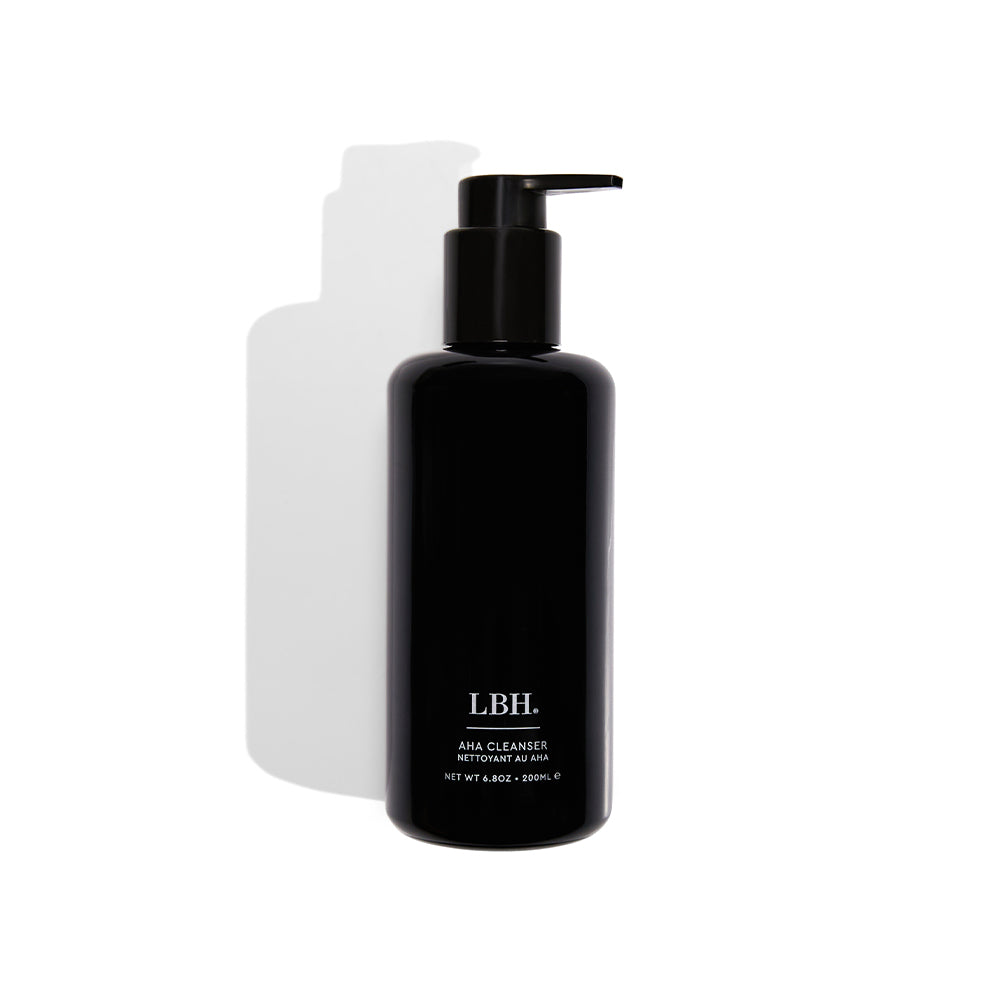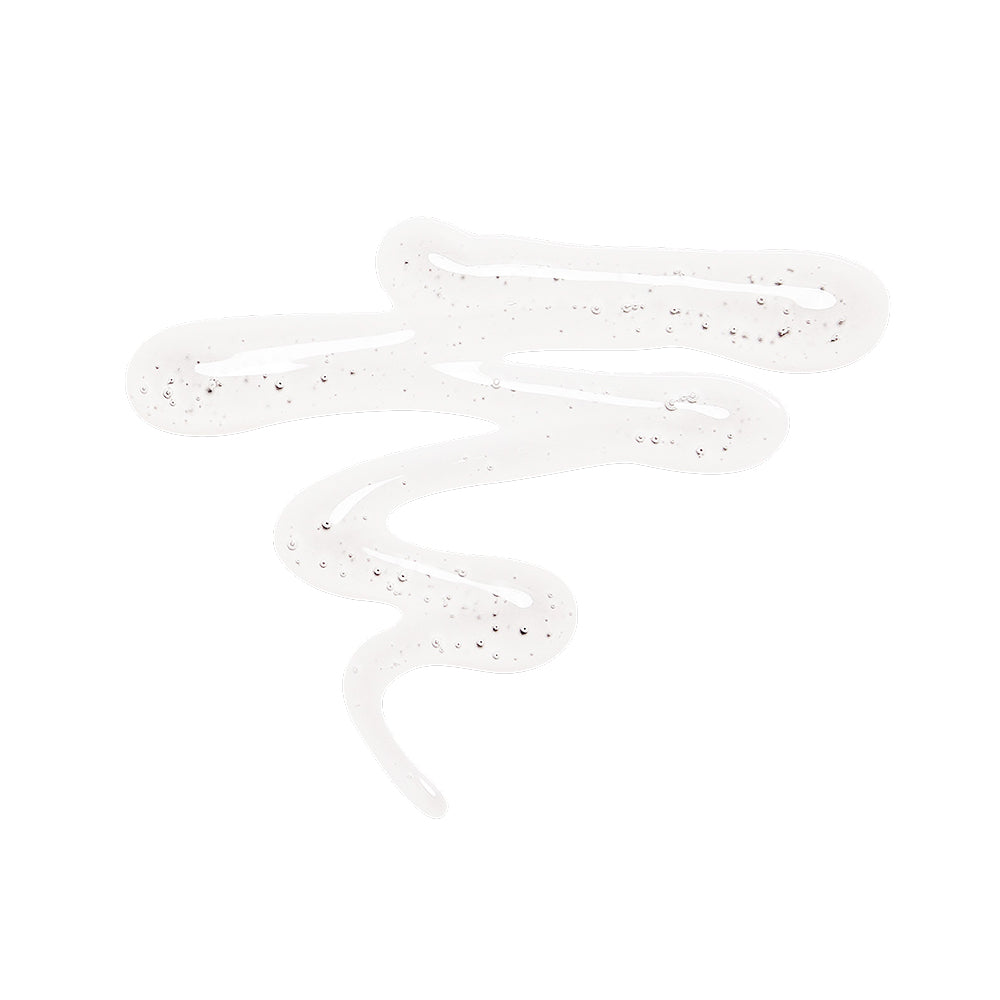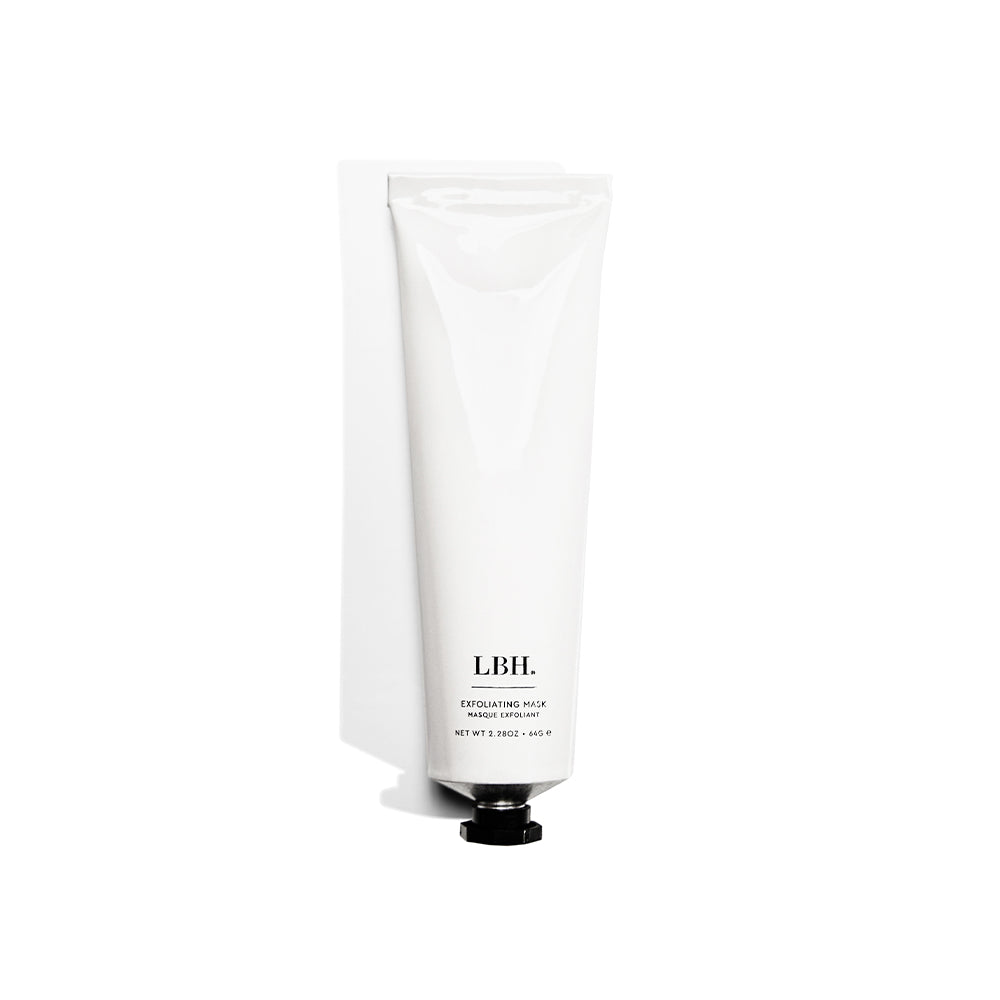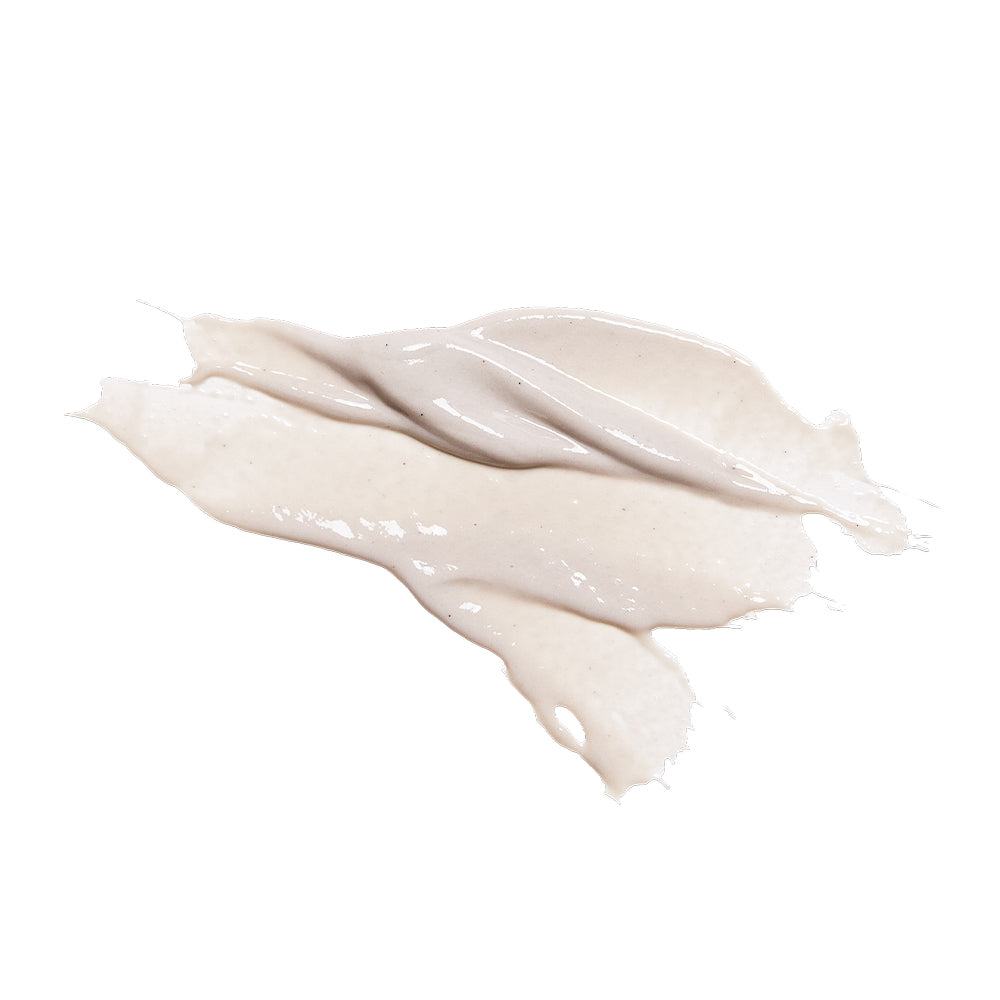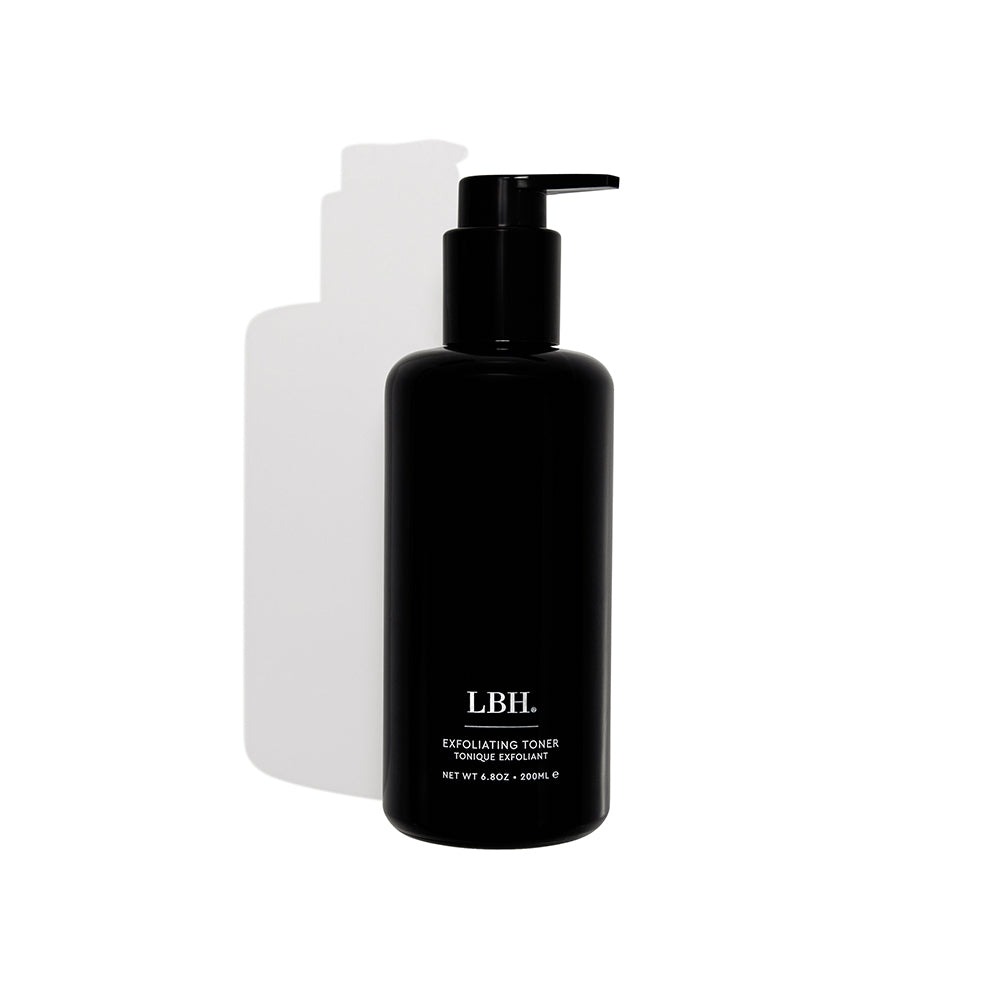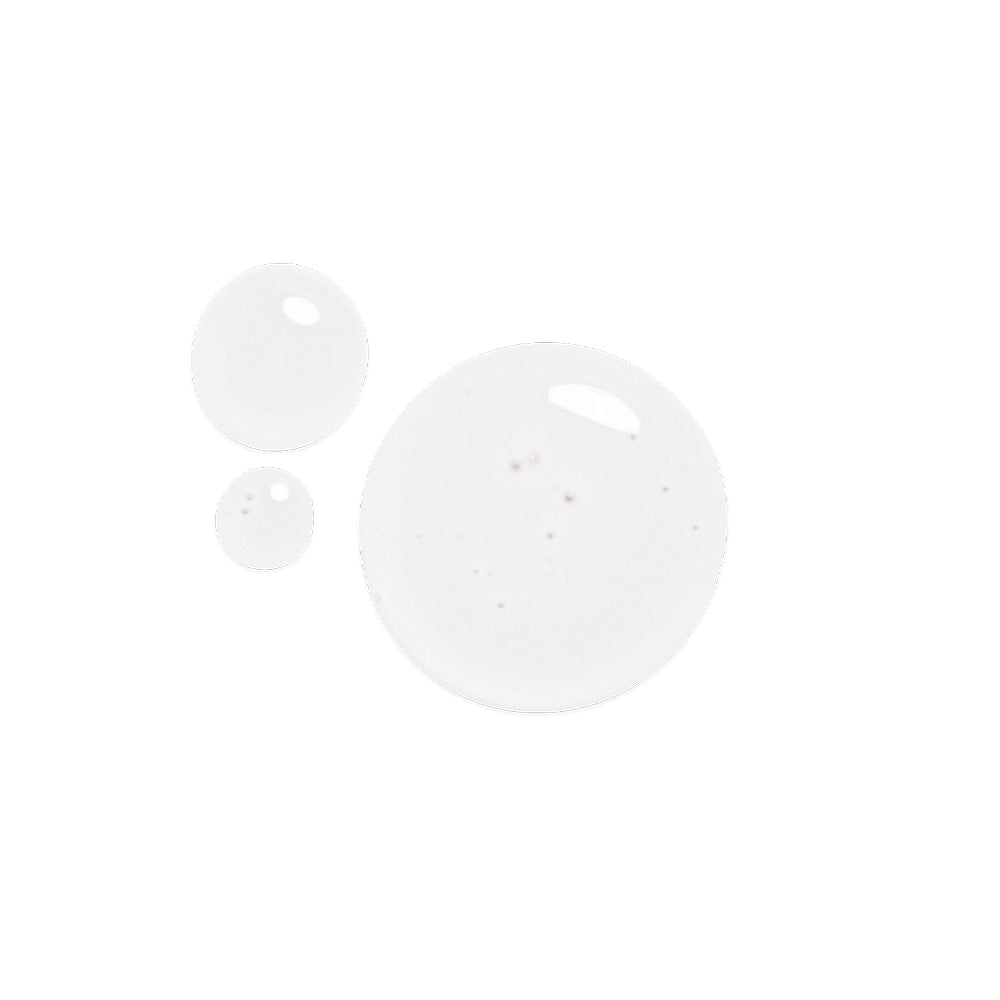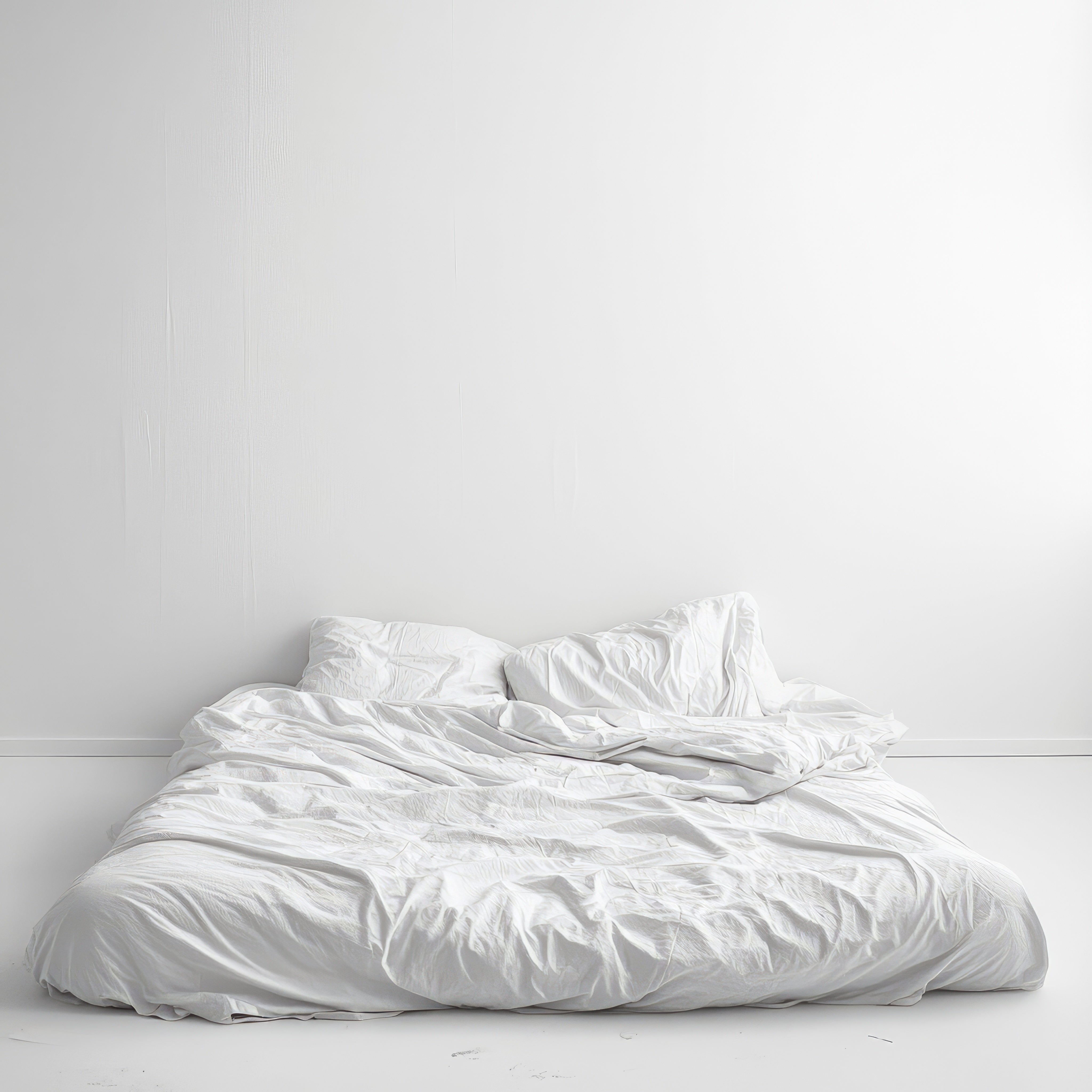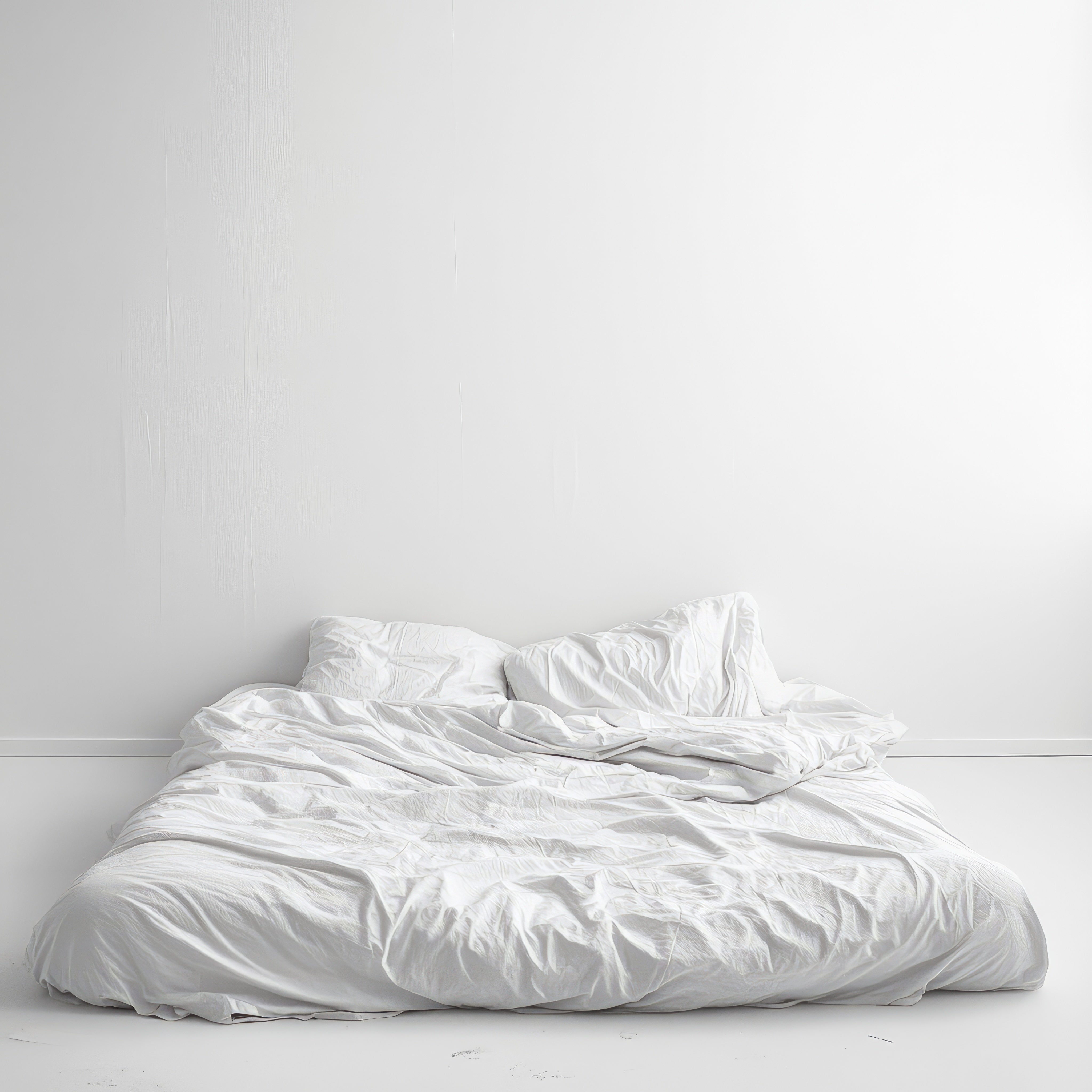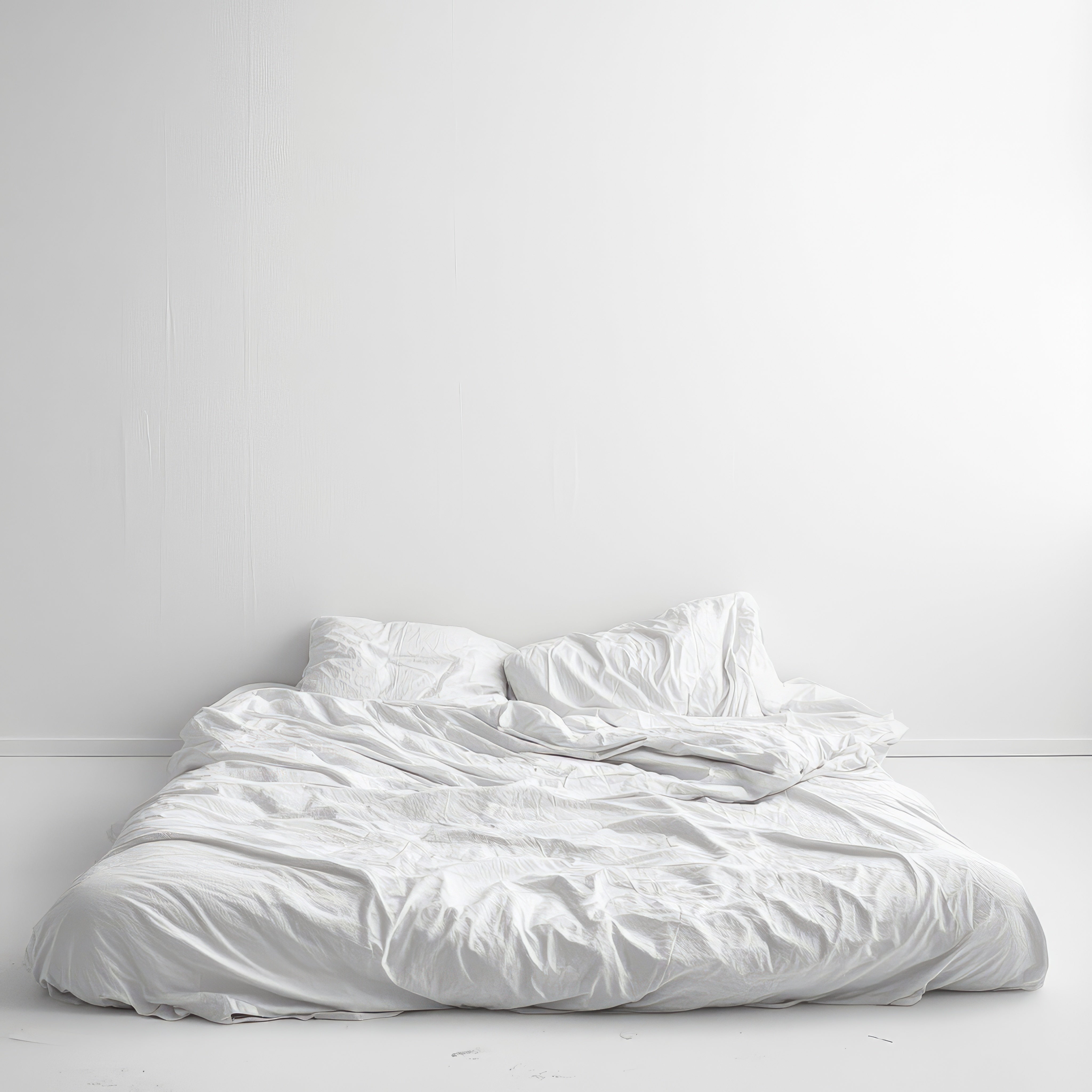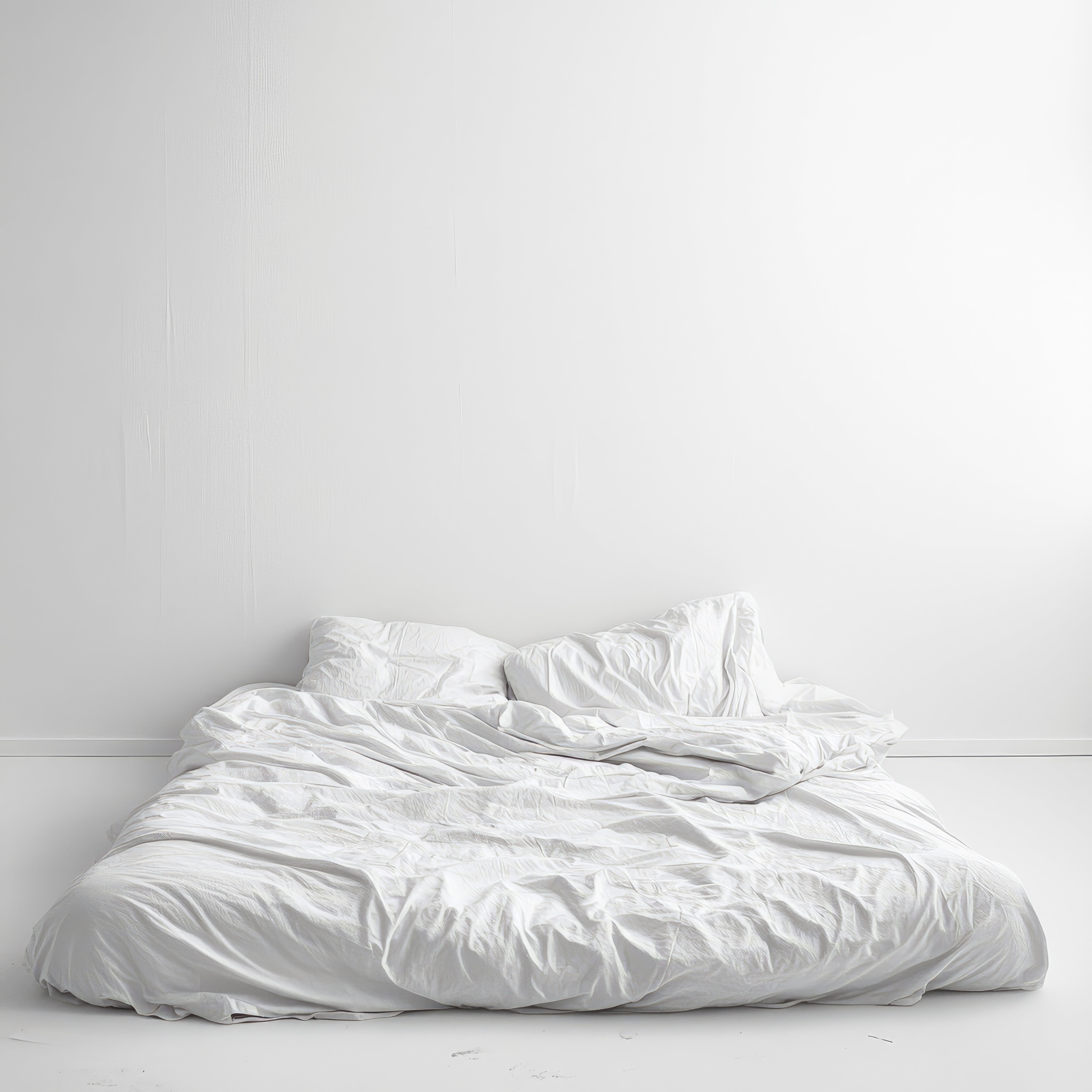The Hidden Triggers: What Could Be Exacerbating Your Acne
Acne is often positioned as a surface-level concern, managed with cleansers, spot treatments, or antibiotics. Yet for many, especially those navigating hormonal acne, the root causes lie far beyond the epidermis. From seemingly benign wellness trends to overlooked daily habits, certain choices may be quietly undermining the skin’s equilibrium—fueling persistent inflammation, congestion, and cystic breakouts.
Below, we examine the lesser-known contributors to acne—including lifestyle factors, internal imbalances, and even the skincare and makeup products meant to improve the skin.
1. Green Powders and Superfood Blends
Powdered greens and “beauty elixirs” are often celebrated for their antioxidant and adaptogenic profiles, but many contain excessive levels of iodine from kelp, spirulina, or chlorella. High iodine intake has been associated with increased sebum production and inflammation in acne-prone individuals. Additionally, these formulations may harbor gums, synthetic sweeteners, or poorly tolerated herbs that irritate the gut lining—indirectly triggering inflammatory cascades that surface as acne.
2. Biotin and Over-Supplementation
Biotin (vitamin B7), commonly taken for hair and nail strength, competes with vitamin B5 (pantothenic acid) for absorption. Since B5 is crucial for regulating skin oil production and barrier repair, excessive biotin can inadvertently cause imbalance—leading to increased sebum, impaired skin function, and deeper breakouts, particularly along the jawline and chin.
3. Dairy, Whey Protein, and Androgenic Activation
Dairy, especially skim milk and whey protein isolates, contains bioavailable hormones and insulin-like growth factor 1 (IGF-1)—both of which can elevate sebum production and stimulate follicular hyperkeratinization. For those predisposed to hormonal acne, these dietary components can significantly exacerbate inflammatory pathways, promoting the formation of comedones and cysts.
4. Gluten Sensitivity and Gut-Skin Axis Disruption
While not every acne sufferer is gluten-intolerant, gluten sensitivity may contribute to gut permeability ("leaky gut"), allowing endotoxins to enter the bloodstream and provoke systemic inflammation. This inflammatory cascade can aggravate acne, particularly when paired with stress, poor sleep, and dietary triggers.
5. Stress and Cortisol Dysregulation
Chronic stress increases cortisol production, which can stimulate sebaceous gland activity, impair wound healing, and reduce immune surveillance in the skin. Cortisol also disrupts estrogen-progesterone balance, a key driver in adult female acne. Over time, this leads to a heightened inflammatory response and slower resolution of existing lesions.
6. Sleep Deprivation and Impaired Repair
Poor sleep disrupts circadian rhythms and hinders nighttime skin repair, decreasing melatonin and growth hormone output—both of which support antioxidant defense and cellular regeneration. Sleep-deprived skin tends to exhibit increased trans-epidermal water loss (TEWL), dullness, and greater reactivity—conditions that compound acne’s visibility and severity.
7. Dirty Pillowcases, Sheets, and Devices
Bedding and screens are reservoirs for sebum, bacteria, sweat, and residual product. Consistent contact with unwashed pillowcases or phone screens can alter the skin’s microbiome and exacerbate acne mechanica (acne caused by friction and pressure). This is particularly relevant in the lower face, jawline, and cheek areas—regions commonly affected by hormonal acne.
8. Makeup: Foundations, Primers, Powders, and Setting Sprays
Cosmetics—especially when layered heavily or worn for prolonged hours—can become occlusive, disrupting the skin’s natural desquamation process. Many primers, setting sprays, and long-wear foundations contain dimethicone, talc, denatured alcohol, or drying film-formers that impair skin barrier function. Over time, this creates a low-grade, chronic inflammatory environment conducive to breakouts.
Powders may also trap sweat and bacteria, especially in warm or humid conditions, increasing the risk of follicular occlusion. Further, the repetitive use of unwashed brushes and sponges introduces additional microbial exposure to already-compromised skin.
9. Comedogenic Skincare and Ingredient Stacking
The term comedogenic refers to an ingredient’s likelihood to block pores—but this risk is context-dependent. Ingredients like coconut oil, isopropyl myristate, lanolin derivatives, and some silicones may not trigger acne in all users, but can be problematic when layered excessively or used on compromised skin.
Additionally, the modern trend toward multi-step routines—cleansers, essences, serums, moisturizers, oils, and SPF—while rooted in care, can overwhelm the skin barrier. Excessive layering without regard to ingredient synergy or skin tolerance may lead to increased sensitivity, impaired barrier function, and delayed lesion healing.
The Clinical Bottom Line
Acne is a multifactorial condition. For many, it is not one product, one hormone, or one behavior—but the culmination of subtle interferences with the skin’s microbiome, immune response, barrier integrity, and endocrine rhythm.
Reframing the conversation around acne to include daily practices, wellness routines, and cosmetic habits provides a more comprehensive and compassionate approach—particularly for those struggling with hormonally mediated, adult-onset acne.
Achieving skin clarity is not just a matter of what is applied—but also what is absorbed, ingested, layered, and believed. This journey begins not with elimination, but with inquiry: What is your skin trying to tell you?
Certainly. Here is the revised closing with a formal medical disclaimer added at the end:
The Clinical Bottom Line
Acne is a multifactorial condition. For many, it is not one product, one hormone, or one behavior—but the culmination of subtle interferences with the skin’s microbiome, immune response, barrier integrity, and endocrine rhythm.
Reframing the conversation around acne to include daily practices, wellness routines, cosmetic habits, and dietary factors—such as algae and iodine intake—provides a more comprehensive and compassionate approach, particularly for those struggling with hormonally mediated, adult-onset acne.
Achieving skin clarity is not just a matter of what is applied—but also what is absorbed, ingested, layered, and believed. This journey begins not with elimination, but with inquiry: What is your skin trying to tell you?
Disclaimer: This article is intended for informational and educational purposes only and does not constitute medical advice, diagnosis, or treatment. Always consult with a licensed healthcare provider, dermatologist, or qualified medical professional before making changes to your skincare routine, diet, or supplement regimen—particularly if you are managing a medical condition such as hormonal acne.

